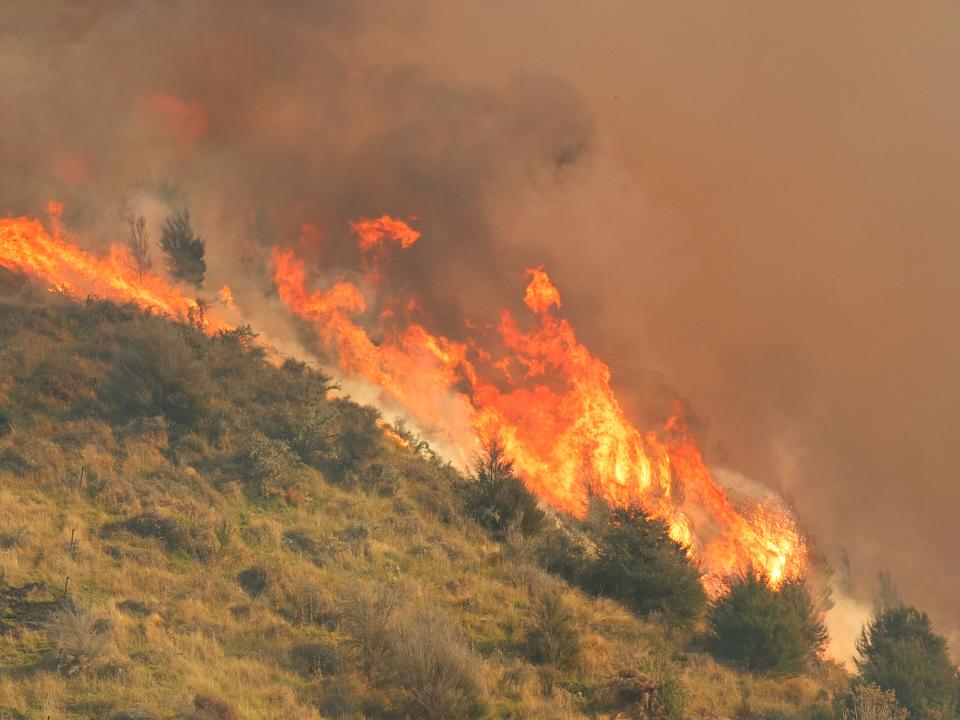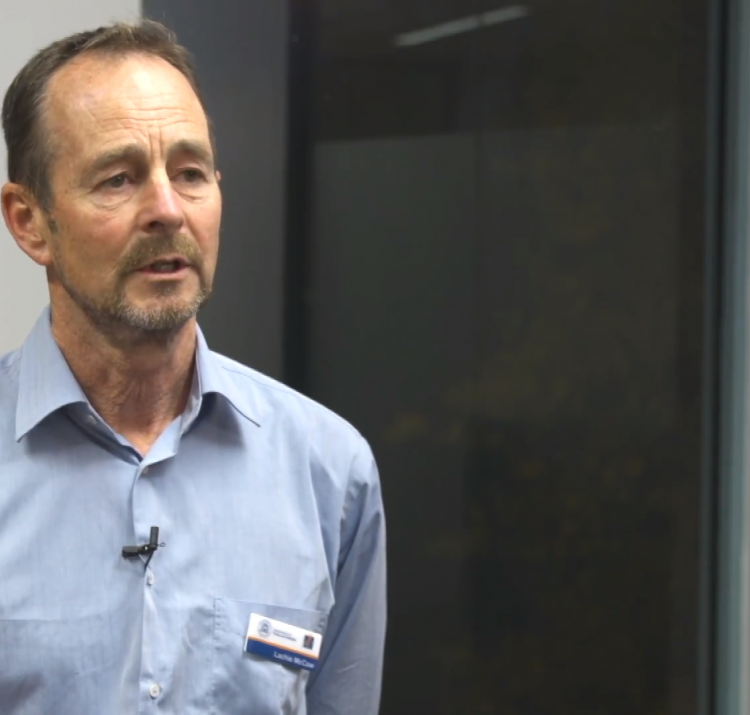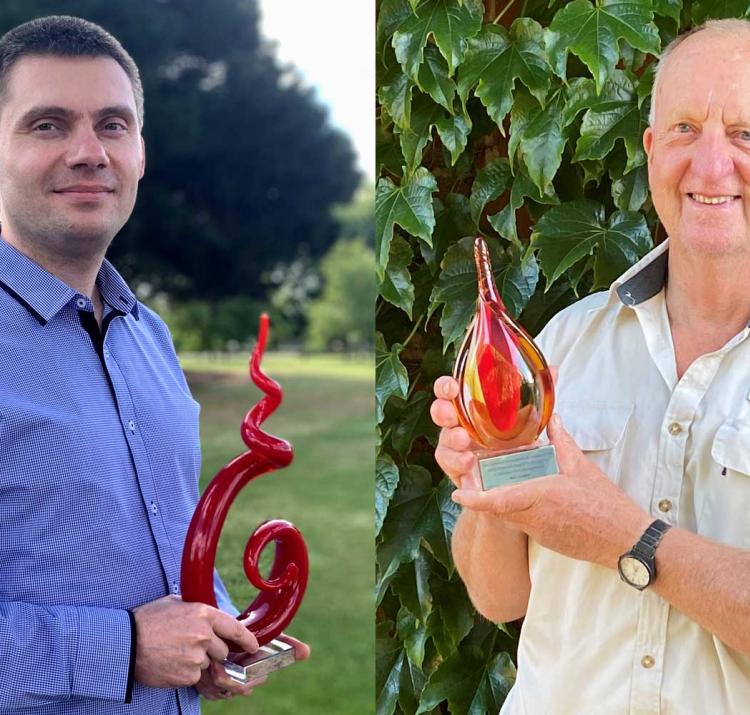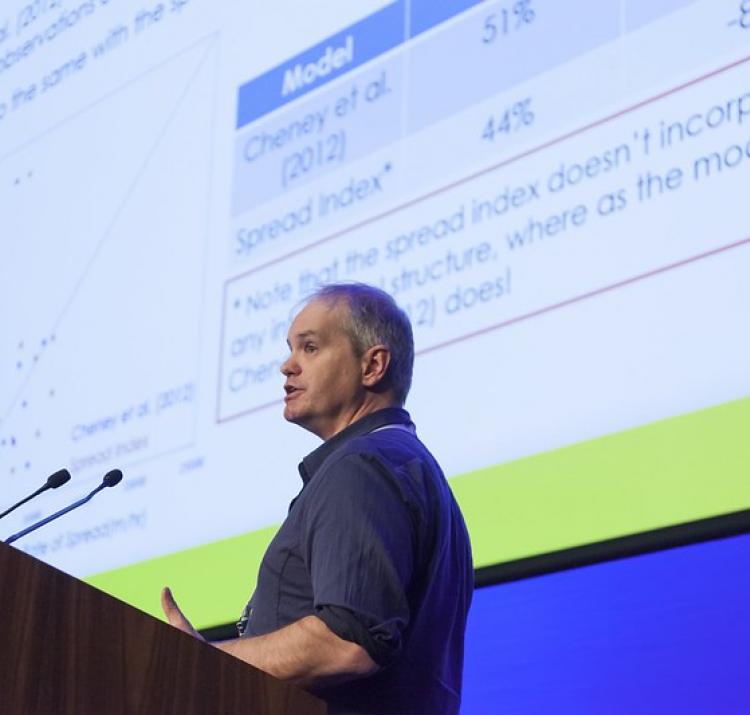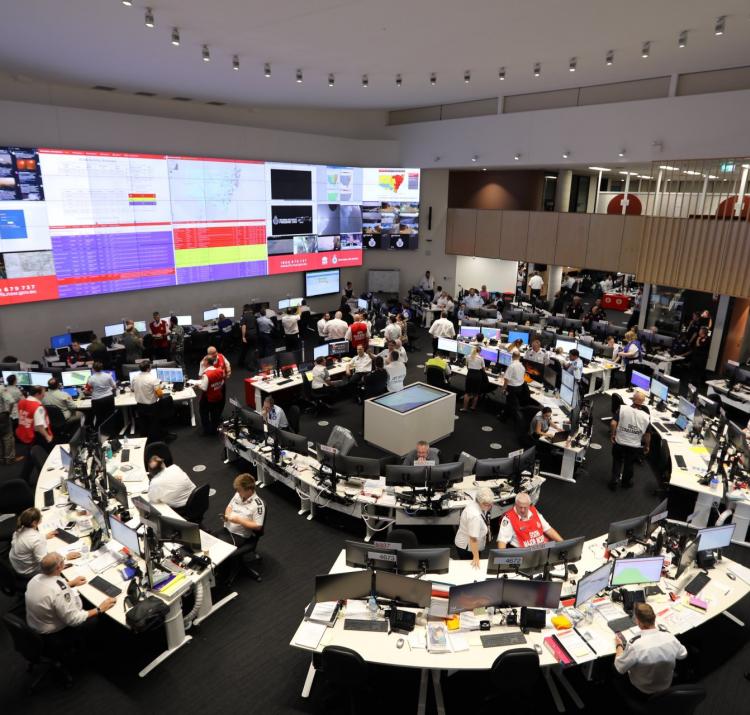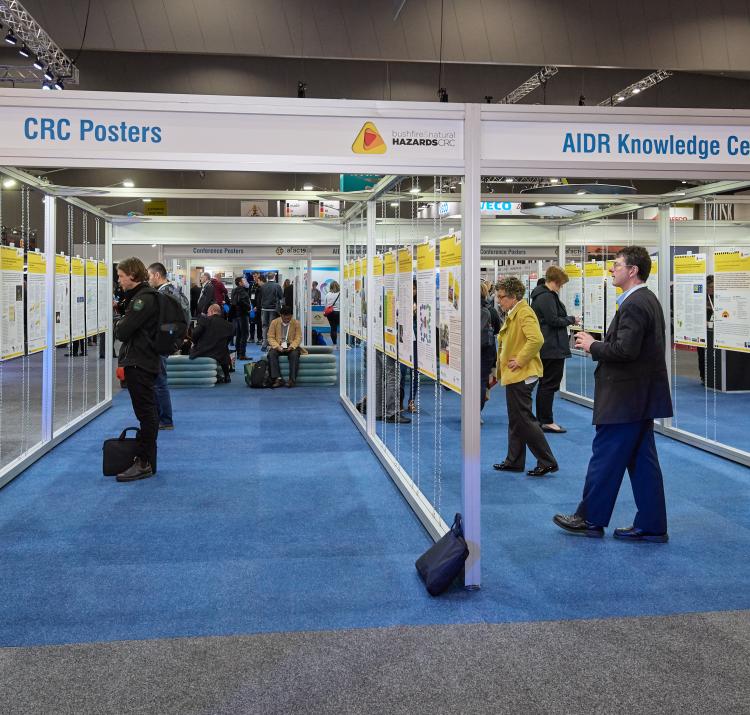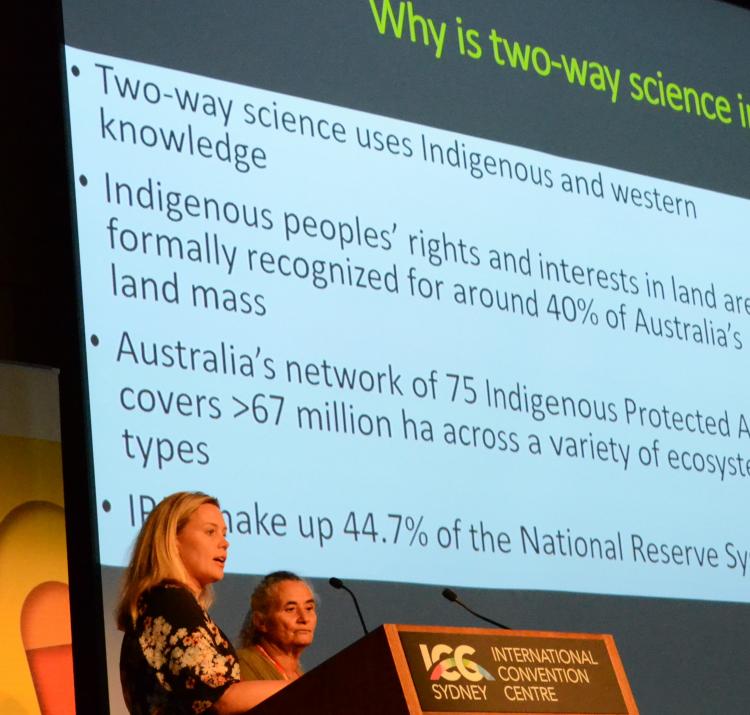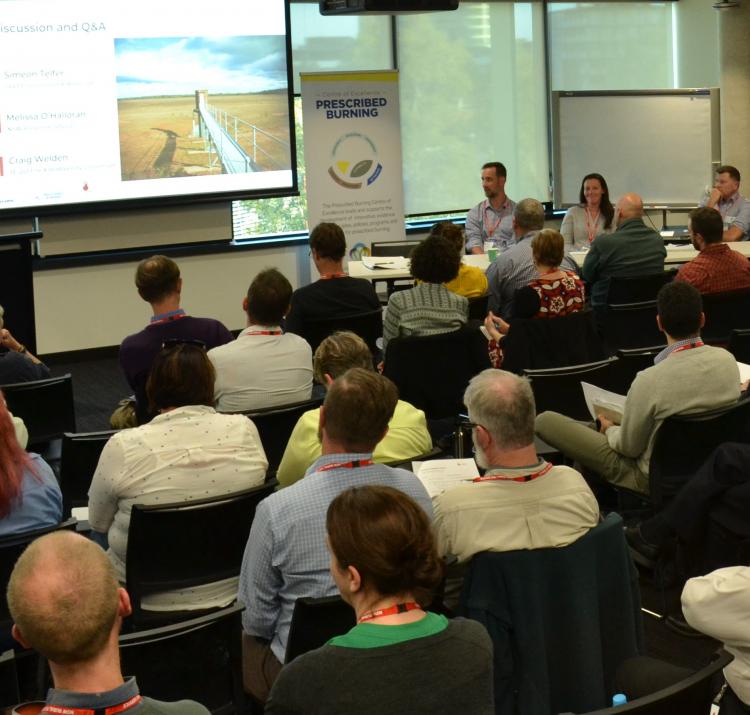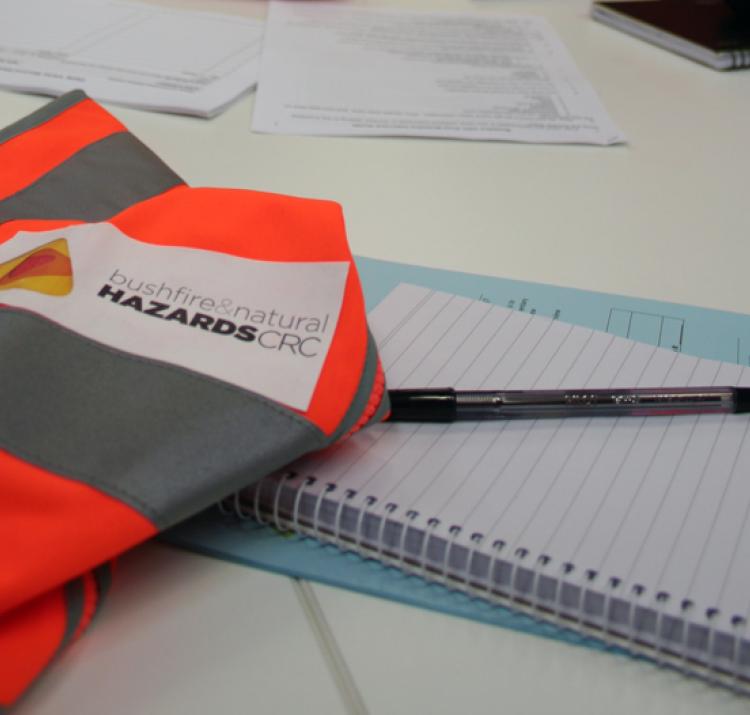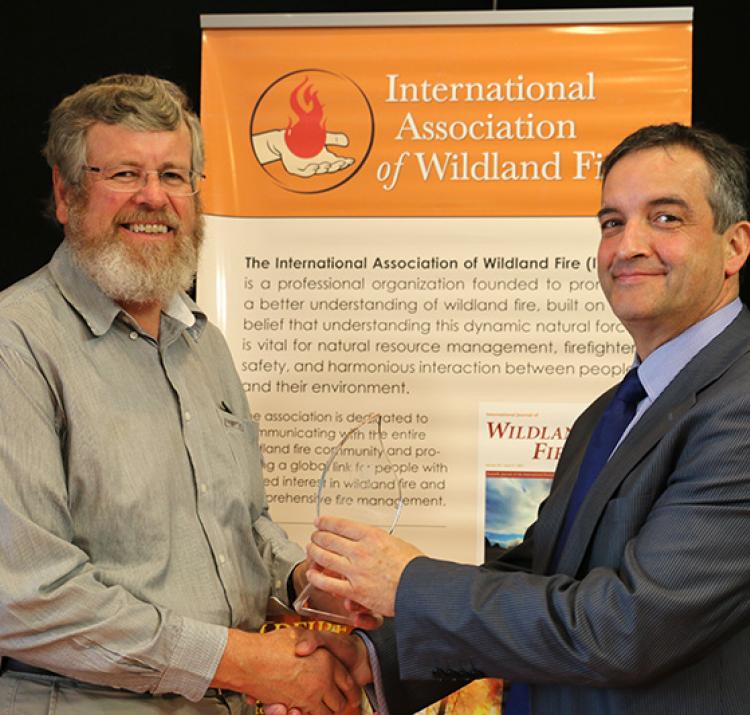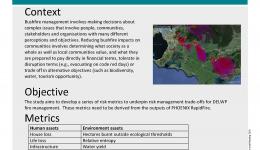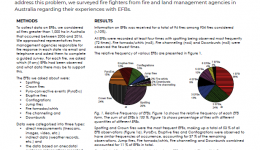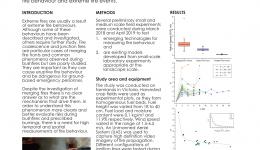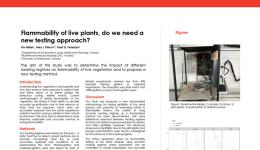While a number of advances have been made in understanding bushfire development under extreme conditions, these have not been quantified in a manner that is suitable for inclusion in fire behaviour modelling framework. This project aims is to develop statistical models that allow for the inclusion of dynamic effects when they are important – that is, when fires grow sufficiently large and complex.
The study is identifying the thresholds beyond which dynamic fire behaviour becomes a dominant factor, the effects that these dynamic effects have on the overall power output of a fire, and the impacts that such dynamic effects have on fire severity. This will necessarily include consideration of other factors such as how fine fuel moisture varies across a landscape.
The research team is investigating the conditions and processes under which bushfire behaviour undergoes major transitions, including fire convection and plume dynamics, evaluating the consequences of eruptive fire behaviour (spotting, convection driven wind damage, rapid fire spread) and determining the combination of conditions for such behaviours to occur (unstable atmosphere, fuel properties and weather conditions).
There are three overlapping research activities:
- Collating fire behaviour observations - creating a database of observations of extreme fire behaviour to use in model development and verification, working with government agencies to develop reconstructions of past fires.
- Understanding extreme fire weather and fire behaviour - determining the thresholds in fire and environmental conditions (weather, fuel, topography) that lead to extreme fire phenomena, such as fire tornados and ember storms.
- Factors linked to extreme fire behaviour - developing simple statistical equations to represent dynamic fire phenomena that can be integrated into existing fire-behaviour models.
It is expected that both the research and operational management communities will benefit by greatly improving knowledge of extreme bushfires. Currently, there is limited information with which to develop new models or test theories about extreme fire behaviour.
This project will create new observational datasets of such fires and use them to describe empirical relationships between fire phenomena and the key environmental conditions that drive them. These relationships could be incorporated into existing fire simulation systems and generate further research, including the verification of physics-based models and the development of new theories of fire propagation.
The research will be utilised through the development of guidelines for identifying environmental conditions causing the extreme fire behaviour phenomena during operational fire behaviour analysis and improved fire behaviour simulators through the inclusion of extreme fire behaviours.
These outputs will result in improved prediction of fire behaviour at the point where damage to property and loss of life is more likely. Improved predictions will improve the knowledge base of fire managers and their ability to make informed decisions during fires and about landscape vulnerability. This will include improving the efficiency and safety of fire suppression activities, better targeting of public information and warnings, and an improved understanding of the potential effectiveness strategies for managing landscape fire risk.

